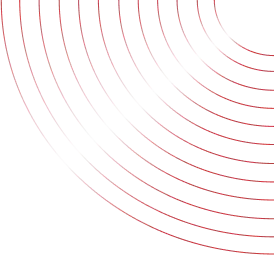PEAR
PEAR is a local area-driven venture administered by its engineers. PEAR’s overseeing bodies are partitioned into the PEAR Group, Collectives, and a President. The PEAR project was established in 1999 by Stig S. Bakken and a considerable number of individuals have joined the undertaking.
PEAR is another way to say, “PHP Extension and Application Repository” and is articulated much same as the organic product. The reason for PEAR is to give:
- An organized library of open-source code for PHP clients
- A framework for code dissemination and package support
- A standard style for code written in PHP.
- The PHP Extension Community Library (PECL).
- A site, mailing records, and download mirrors to help the PHP/PEAR people group.
Reusable, Structures PHP Libraries and Applications
The code in PEAR is apportioned in “packages”. Each package is a different task with its improvement group, form number, discharge cycle, documentation, and a characterized connection to different packages (counting conditions). Packages are disseminated as zipped tar documents with a depiction record inside and introduced on your neighborhood framework utilizing the PEAR installer.
Packages may identify with one another through unequivocal conditions, yet there is no programmed reliance connection between packages dependent on the package name. For instance, “HTTP Post” is naturally autonomous of “HTTP”. Conditions between packages with comparative names aren’t illegal. As an example, the “DB_DataObject” package relies upon the “DB” package.
A style direct, the PEAR Coding Standards (short PCS), exists to ease cooperation between PEAR designers, to authorize quality, and to uphold a steady visual appearance of all source code disseminated as a PEAR package.
System for Code Distribution and Package Maintenance
All PEAR packages are enrolled in and downloaded from a focal worker at pear.php.net. Other outsider workers called “channels” additionally appropriate packages that can be introduced by the PEAR Installer, see the Channels list for more data. pear.php.net doesn’t underwrite the packages from these channels and just offers help for packages appropriated from pear.php.net.
Pear.php.net gives both a human-accommodating (HTML) and machine-accommodating (presently REST) interface to the packages accessible from pear.php.net. All correspondence happens over the HTTP convention. Different capacities the pear.php.net site gives are:
- User account the executives (autonomous of the SVN worker)
- Package the executives.
- Release the executives.
Packages are disseminated as a zipped tar record with an XML depiction document inside. The depiction document (package.xml) contains some data about the package, a rundown of records and their jobs, and conditions.


No Comments yet!